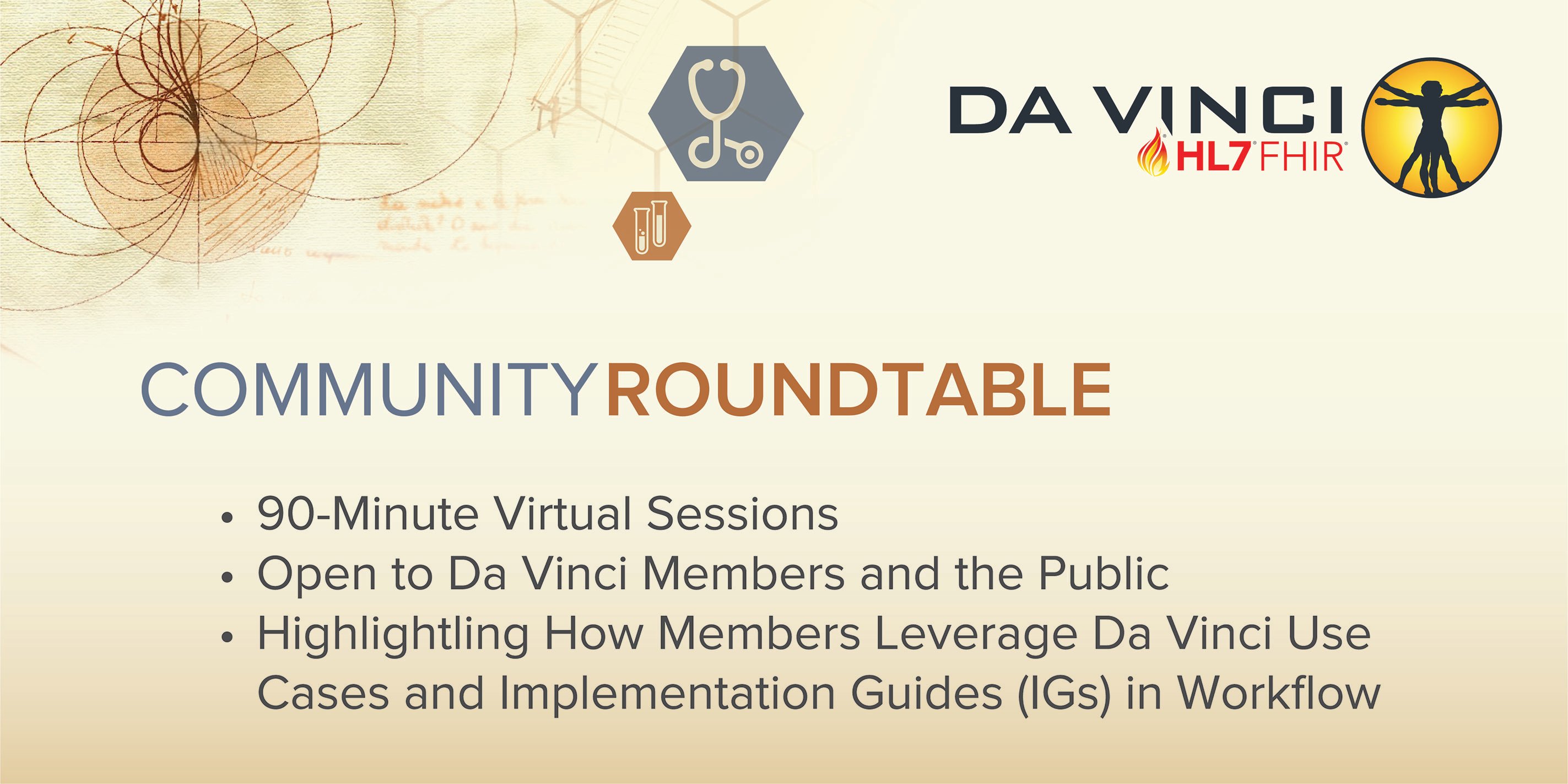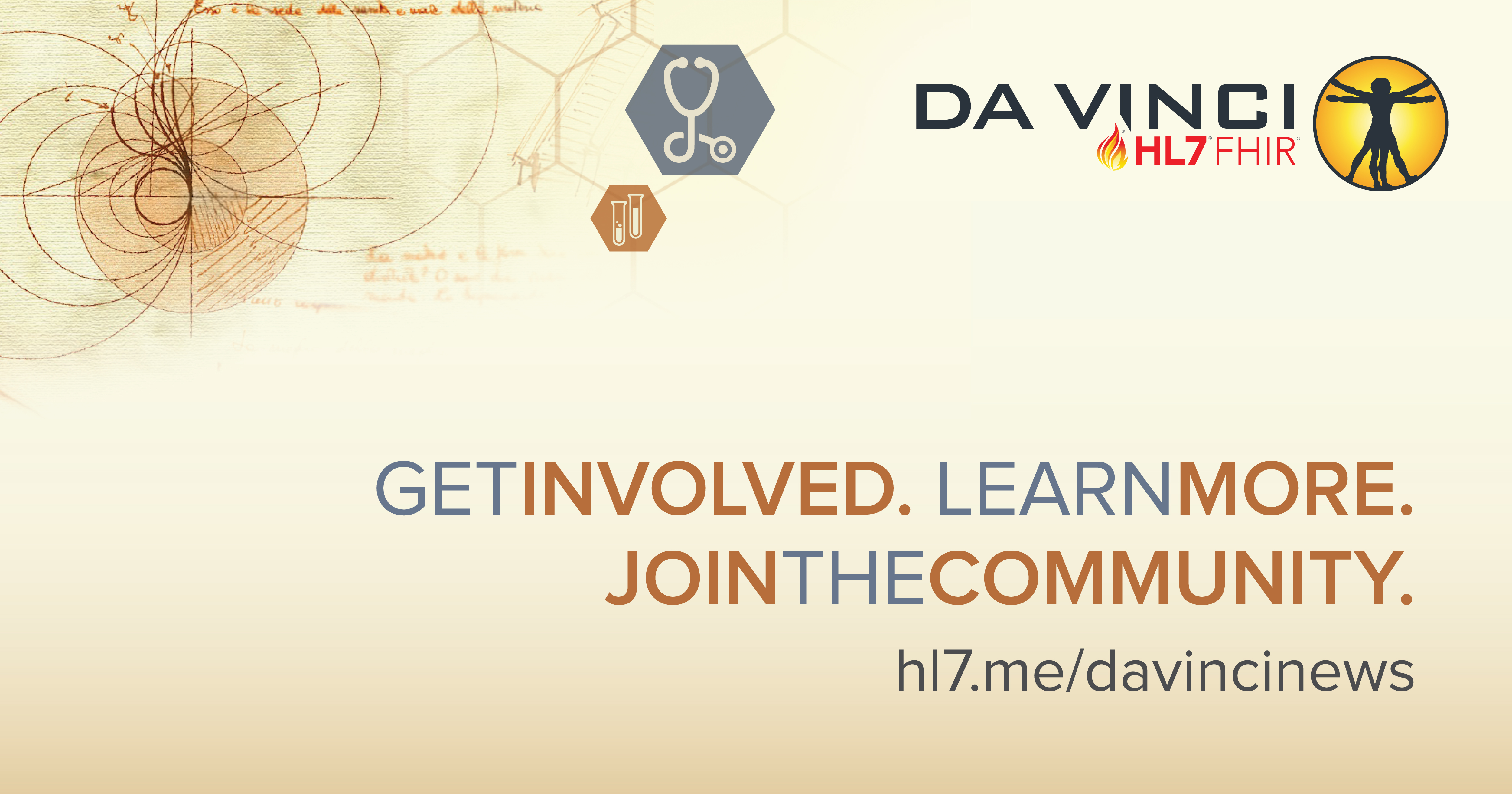Presentation at HL7 Da Vinci Project’s Community Roundtable Outlines Wide-Ranging Corporate Effort to Democratize and Liberate Data
For Humana, achieving interoperability is more than a nice-to-have way to exchange data every once in a while. It’s something that the company – and the entire healthcare industry – needs to operate efficiently and effectively for patients and clinicians.
It expects that the use of the HL7 Fast Healthcare Interoperability Resources (FHIR) standard will be crucial for achieving widespread interoperability. Current information exchange approaches offer a patchwork solution that works in isolated instances. FHIR’s promise is that it can provide standardized solutions that every industry participant can use.
“Exchange works at small scale because (information) roadways are rebuilt every time a connection is made,” said Patrick Murta, Humana’s chief interoperability architect and solutions architecture fellow, speaking at the November Community Roundtable for the Da Vinci Project, an accelerator program of HL7 seeking to expand the use of FHIR to support information exchange needed for successful value-based care.




